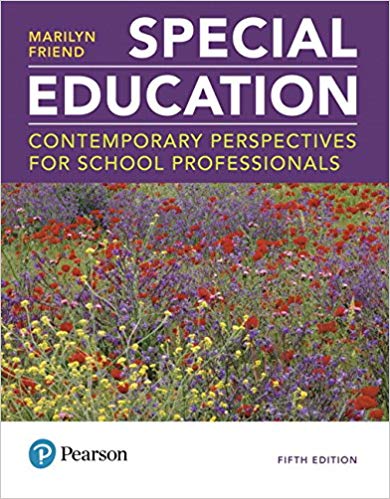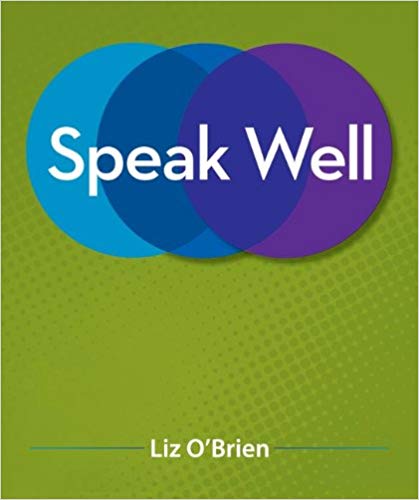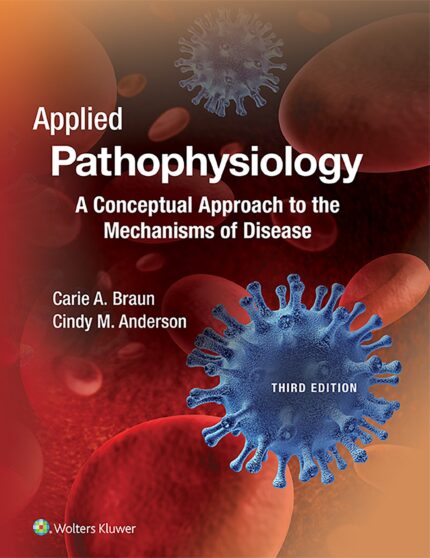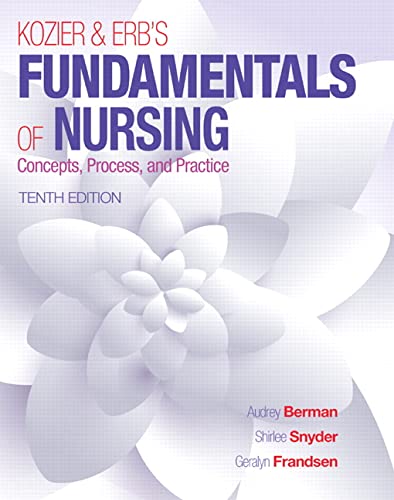Special Education Contemporary Perspectives for School Professionals 5Th Edition – Test Bank
Special Education: Contemporary Perspectives, 5e (Friend)
Chapter 5 Students with Learning Disabilities
5.1 Multiple Choice Questions
1) The federal definition of learning disabilities has changed very little since:
A) 1975.
B) 1965.
C) 1995.
D) 1985.
Answer: A
2) According to the NJCLD, each of the following are perceived deficiencies of federal definition EXCEPT:
A) Heterogeneity of LD.
B) Impact on social perception.
C) Too much emphasis on the life-span nature of LD.
D) Possibility that learning disabilities can exist concomitantly with other disabilities.
Answer: C
3) Problems with writing are referred to as:
A) Dyslexia.
B) Dyscalculia.
C) Dyscalligraphy.
D) Dysgraphia.
Answer: D
4) Approximately how many students are identified as having learning disabilities?
A) 10.9 million
B) 1.9 million
C) 5.9 million
D) 2.3 million
Answer: D
5) The use of which category has affected on decreasing LD numbers?
A) Developmentally delayed
B) Intellectually disabled
C) ADHD
D) Emotionally disordered
Answer: A
6) Which of the following is TRUE?
A) The ratio of girls to boys identified with learning disabilities is 3:1, 4:1 or higher.
B) The ratio of boys to girls identified with learning disabilities is at least 2:1.
C) Girls and boys do not have the same overall intelligence.
D) Boys are not labeled with learning disabilities as frequently as girls due to their documented slower rate of the development.
Answer: B
7) In most cases, the cause of LD is:
A) Physiological.
B) Not known.
C) Curricular.
D) Environmental.
Answer: B
8) Each of the following is an example of a physiological cause of LD EXCEPT:
A) Poor nutrition.
B) Brain injury.
C) Heredity.
D) Chemical imbalance.
Answer: A
9) The term learning disabilities refers to:
A) A homogeneous group of disorders.
B) A heterogeneous group of disorders.
C) Disorders as a result of external factors.
D) Disorders as a result of environmental factors
Answer: B
10) Students with learning disabilities typically have problems in:
A) Short- and long-term memory.
B) Long-term memory only.
C) Short-term memory only.
D) Academic areas only.
Answer: A
11) Each of the following is a component of oral language EXCEPT:
A) Phonology.
B) Morphology.
C) Punctuation.
D) Syntax.
Answer: C














Reviews
There are no reviews yet.